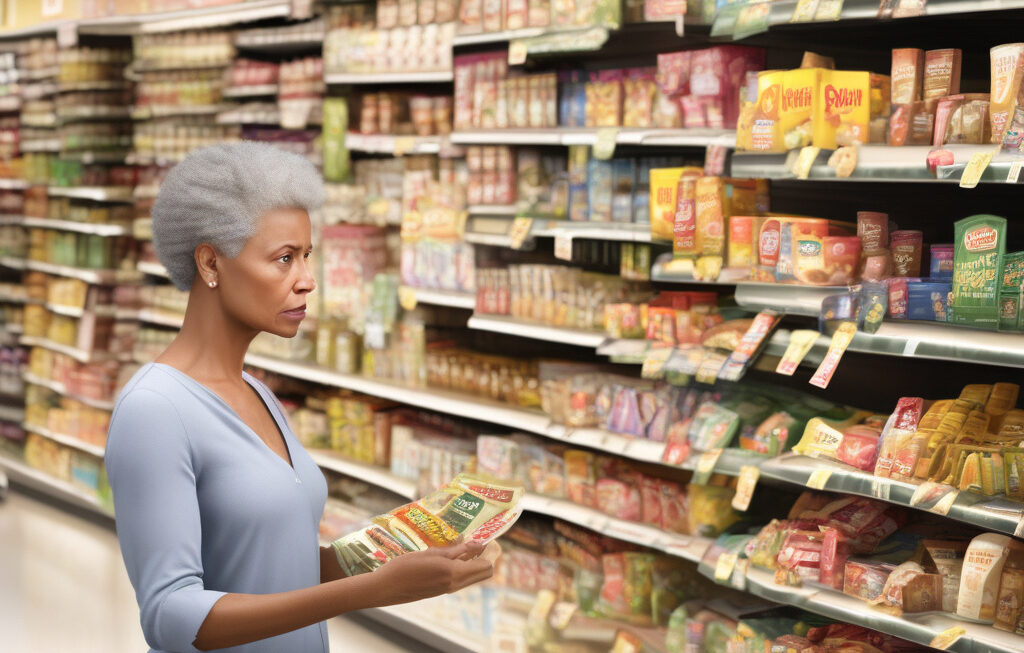The Green Transition Must Be PFAS-Free
The push for sustainability and environmental consciousness has become a global priority in recent years. As we strive to combat the climate crisis and transition towards a greener future, the issue of forever chemicals like PFAS (per- and polyfluoroalkyl substances) has come to the forefront. These chemicals, commonly found in everyday products such as non-stick cookware, waterproof clothing, and firefighting foam, pose a significant threat to both the environment and human health.
PFAS, also known as “forever chemicals” due to their persistence in the environment, have been linked to a myriad of health problems, including cancer, immune system disorders, and reproductive issues. Despite these known risks, PFAS continue to be widely used in various industries, contributing to their pervasive presence in our water, air, and soil.
The green transition towards a more sustainable future must prioritize the elimination of PFAS from our products and supply chains. By shifting towards PFAS-free alternatives, we can not only reduce the environmental impact of these harmful chemicals but also safeguard the health and well-being of both current and future generations.
One key area where PFAS-free products are crucial is in the realm of sustainable packaging. As the demand for eco-friendly packaging solutions grows, companies are increasingly turning to biodegradable and compostable materials to reduce waste and minimize environmental harm. However, many of these sustainable packaging options still contain traces of PFAS, inadvertently perpetuating the cycle of contamination.
By investing in innovative PFAS-free packaging solutions, such as plant-based bioplastics or recycled materials, companies can significantly reduce their environmental footprint and contribute to a cleaner, healthier planet. These PFAS-free alternatives not only offer a more sustainable packaging option but also demonstrate a commitment to responsible business practices and consumer safety.
Furthermore, the transition to PFAS-free products extends beyond packaging and into various industries, including textiles, electronics, and manufacturing. By adopting PFAS-free alternatives in these sectors, businesses can not only meet the increasing consumer demand for environmentally friendly products but also align with global sustainability goals and regulations.
In conclusion, the green transition must prioritize the elimination of PFAS from our products and processes to truly achieve a sustainable future. By investing in PFAS-free alternatives, businesses can reduce their environmental impact, protect human health, and contribute to a cleaner, greener planet for generations to come.
The post “The Green Transition Must Be PFAS-Free” originally appeared on Innovation News Network.
#GreenTransition, #PFASFree, #ClimateCrisis, #Sustainability, #EnvironmentalHealth











